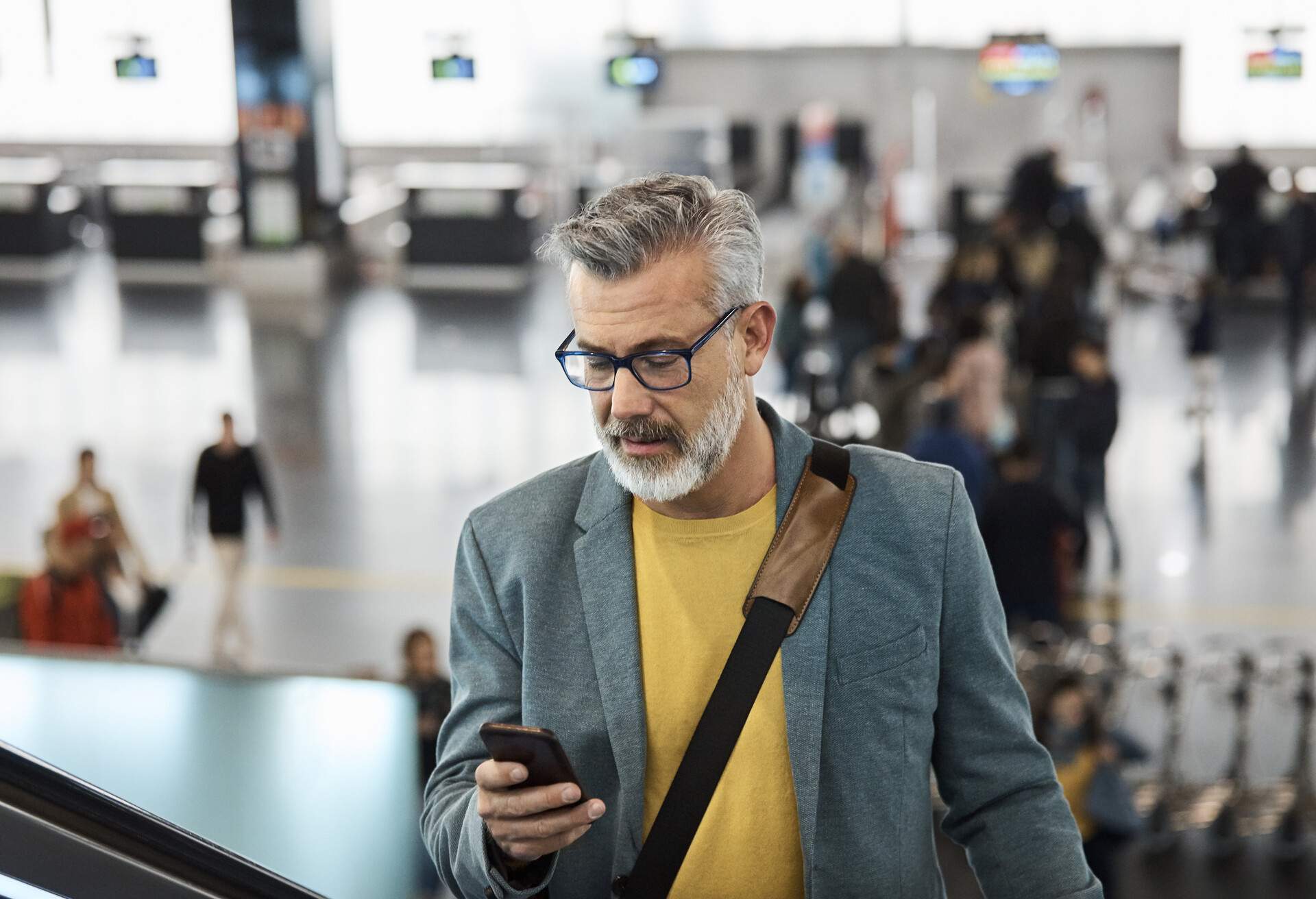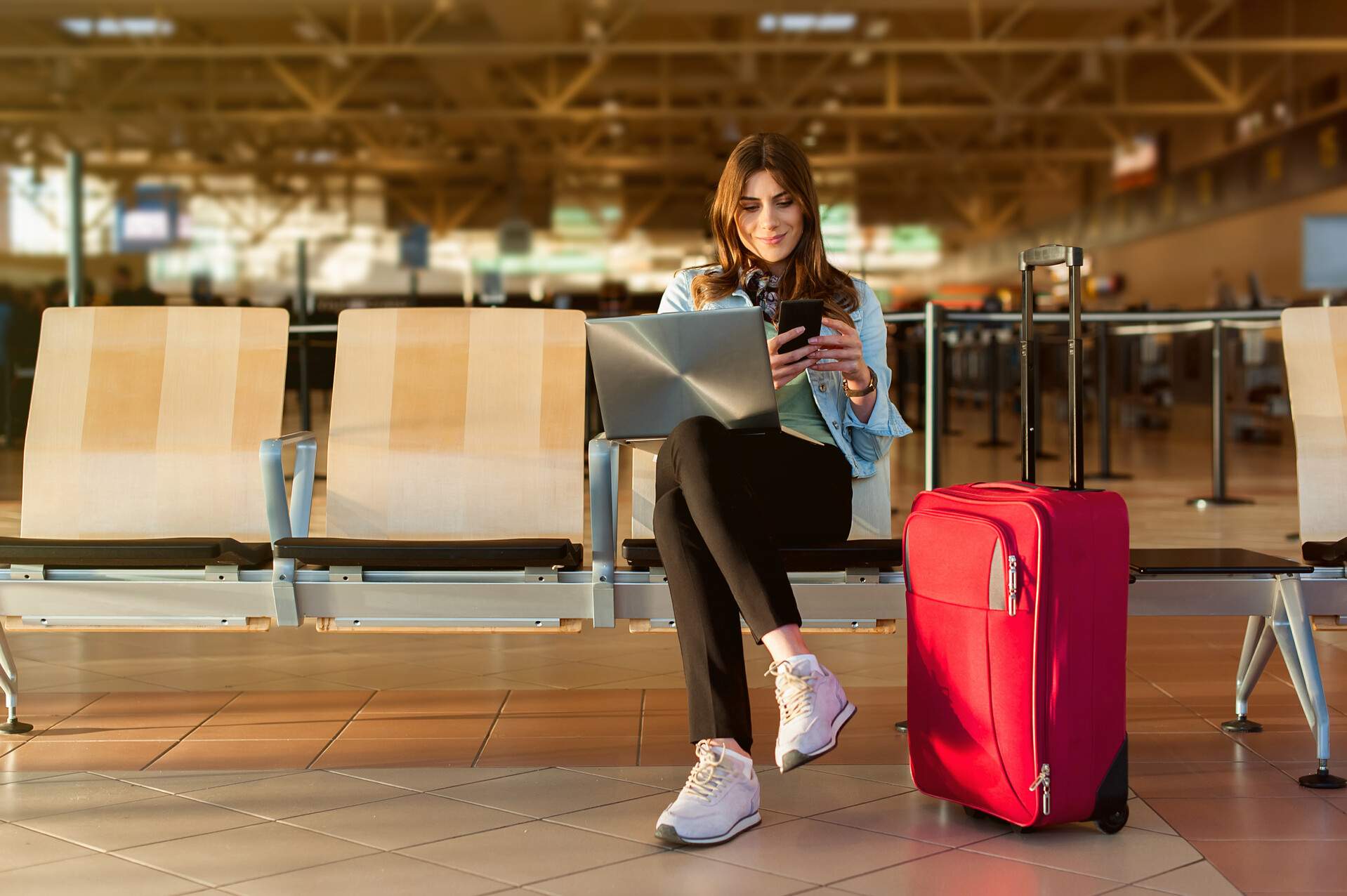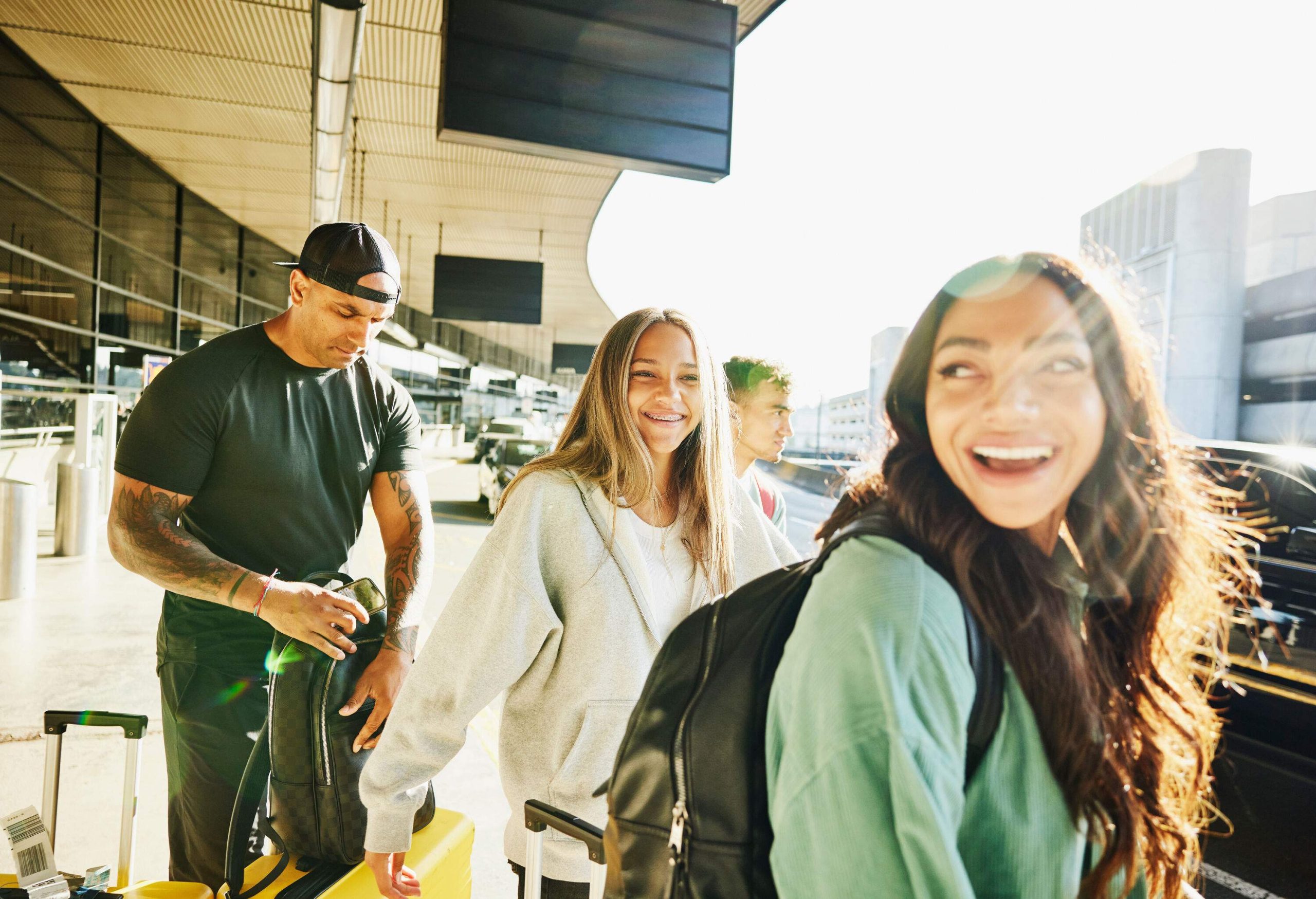Wherever you’re heading next, there are many tips for flying that are fairly universal. But some itineraries, like those with layovers, introduce additional considerations.
Even if you already know exactly what a layover is (and even what is the difference between a layover and a stopover), you may not have all the intel on how to transform it from an inconvenience into a bonus.
What is a layover?

For passengers, a layover occurs when you briefly change planes on your way to your final destination. While the normal duration of time spent between flights can change between domestic and international layovers, the principle remains the same: A break of less than a day is almost always a layover.
Passengers may also see these called connecting flights. These definitions change for airline employees when layovers become connections with overnight breaks, but passengers do not need to consider this distinction. For the common traveler, layover and connection are interchangeable terms.
How does a layover work?
Layovers happen when passengers have to change flights en route to their final destination. This step requires passengers to disembark and then later board another aircraft, and it can increase the chance of disruptions to your itinerary, especially if your original flight is delayed.
Many travelers prefer to take direct flights when possible to avoid the hassle and extra time that come with connecting ones. However, flights with layovers are often cheaper than nonstop flights.
How to book a flight with a layover?
If you prefer a flight with a layover – say, you want to break up a long day of flying – it’s easy to find options on KAYAK. When you compare the flight results, you can choose between nonstop, one or 2+ stops simply by selecting (or unselecting) the filter box to the left of your search results.
How to book a flight without a layover?
It’s as easy as booking a flight with a layover. When you start your search, simply check the box that says “Direct Flights Only” to find flights without a layover. Alternatively, you can also complete your search without checking that box to compare prices between nonstop flights and flights with layovers.
What is a stopover?
What is the difference between a layover and a stopover?
The biggest difference between a layover and a stopover is that a layover is much shorter, and most passengers do not leave the airport during a layover, especially for those that are just a few hours long. With stopovers, meanwhile, leaving the airport is the whole idea, since the time between connecting flights is usually 24 hours or longer.
Five common questions about layovers answered by an aviation expert
Here, we’ll answer some of the most common questions about layovers so that you’ll embark on your next trip armed with both information and inspiration.
1. Do you have to get off the plane during a layover?
2. Do you have to go through customs on a layover?
If your trip involves international destinations, yes. Coming back into the U.S. from abroad, for example, you’ll pass through passport control at your first port of entry into the country. So if you have a connecting flight in your first U.S. destination after being abroad, you will have to go through customs on your layover.
The same rule generally applies when you’re traveling to another country from the U.S. with a layover during your trip. In most cases, you’ll need to go through customs at your first destination. For example, if you’re flying from Boston to Paris and connecting through Amsterdam, you’ll need to go through customs in Amsterdam Schiphol but will not need to once you arrive in Paris.
In Europe, whether you do need to go through customs during a layover depends a lot on whether your final destination is within the Schengen Area: a group of 27 countries where border controls have been abolished. If you’re traveling within the Schengen Area, you will not have to pass through customs or passport control. However, you will have to complete that step if you’re traveling to a country outside the Schengen Area.
3. What is a layover airport?
A layover airport is the airport where you’ll spend your layover. You can also think of it as the airport where you’ll catch your connecting flight.
4. Do you have to check in again for the connecting flight on a layover?
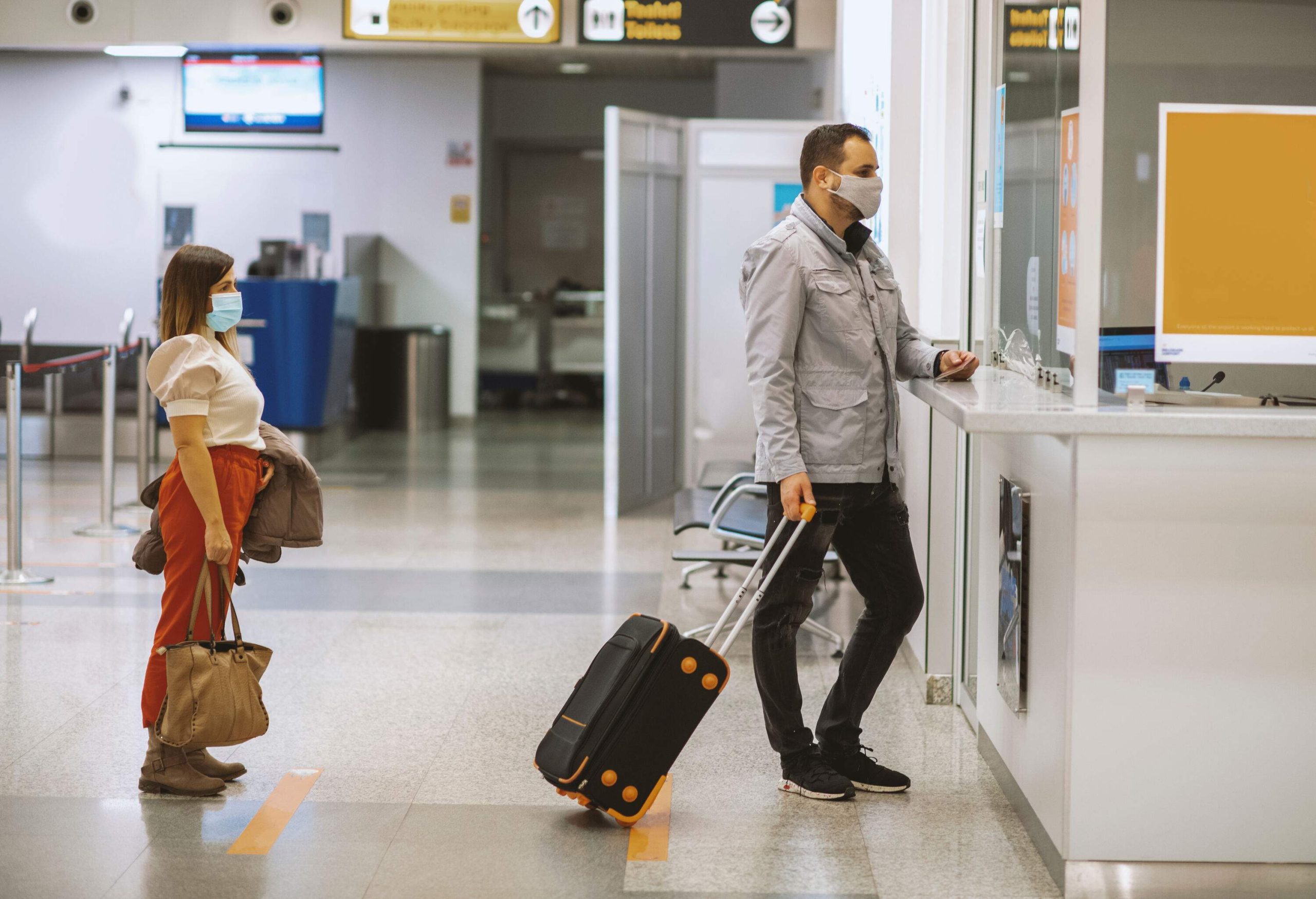
For your connecting flight on a layover, you do not have to check in again, even for international flights. When you check in for your trip at your originating flight, that takes care of all the connecting flights on your itinerary.
5. How does luggage work on a layover?
The most important aspects of how luggage works on a layover are whether your trip is domestic or international and whether you’re checking a bag or only traveling with carry-on luggage.
If you’re only traveling with carry-on luggage, it’s pretty simple: You’ll keep all your bags with you throughout the duration of your trip, whether you’re traveling internationally or domestically.
If you’re checking a bag on a domestic flight within the U.S., you’ll check it at your originating flight, and you’ll pick it up at baggage claim in your final destination. (The only time this wouldn’t be the case is if you booked two separate tickets with two different airlines. In that scenario, you’d need to grab your bag from baggage claim and start the check-in and security process all over again.)
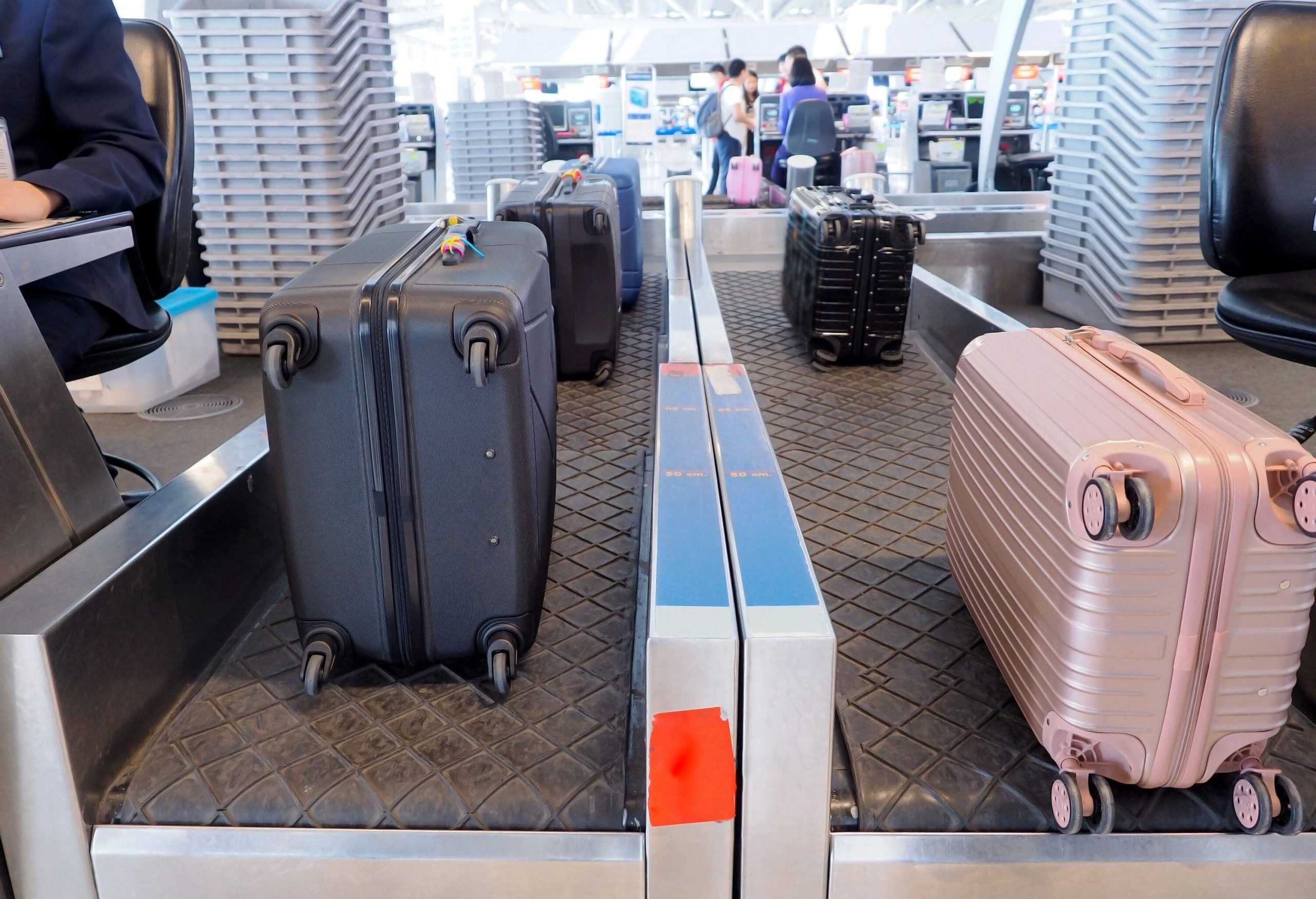
The situation can become a little bit more complicated when you check a bag for your international trip. If you’re traveling to a European country that’s within the Schengen Area, most of the time your bag will be checked to your final destination. In that case, you won’t need to recheck it during your layover.
But, as with so much else with air travel, rules and regulations can change quickly. So be sure to check with your airline to make sure you stay up to date with what you need to do.
How this guide was created
As a professional traveler, I fly every week, averaging 120 flights per year, and have been doing so for years. Layovers may not be a daily occurrence for me, but they’re certainly weekly. I’ve combined this experience of countless layovers with KAYAK’s expert tips and tools to create this guide for you.
Some of our top flight routes
This post was originally written by Brandon Schultz and updated by Blane Bachelor.

